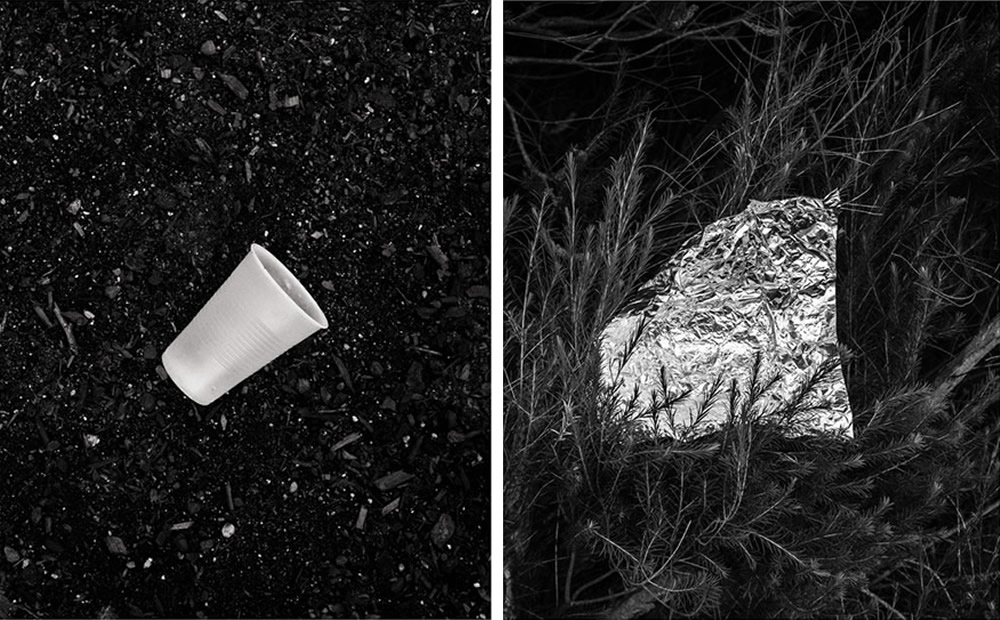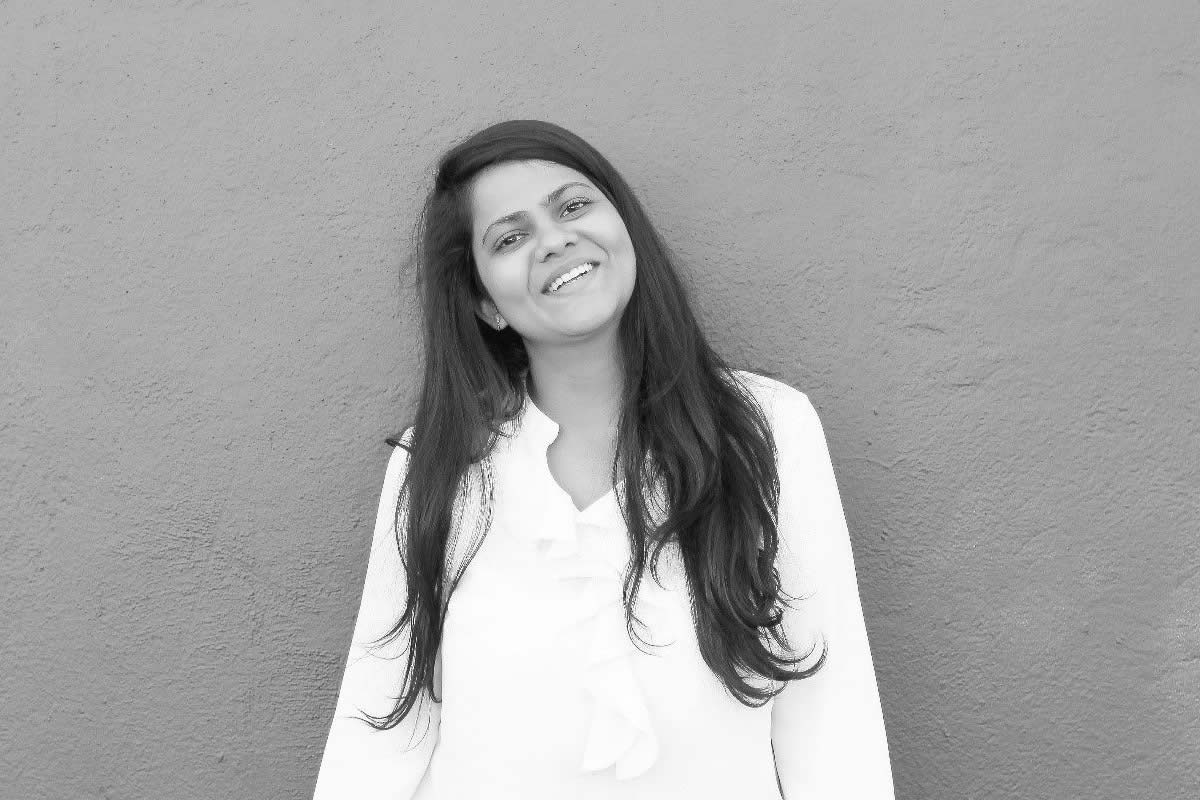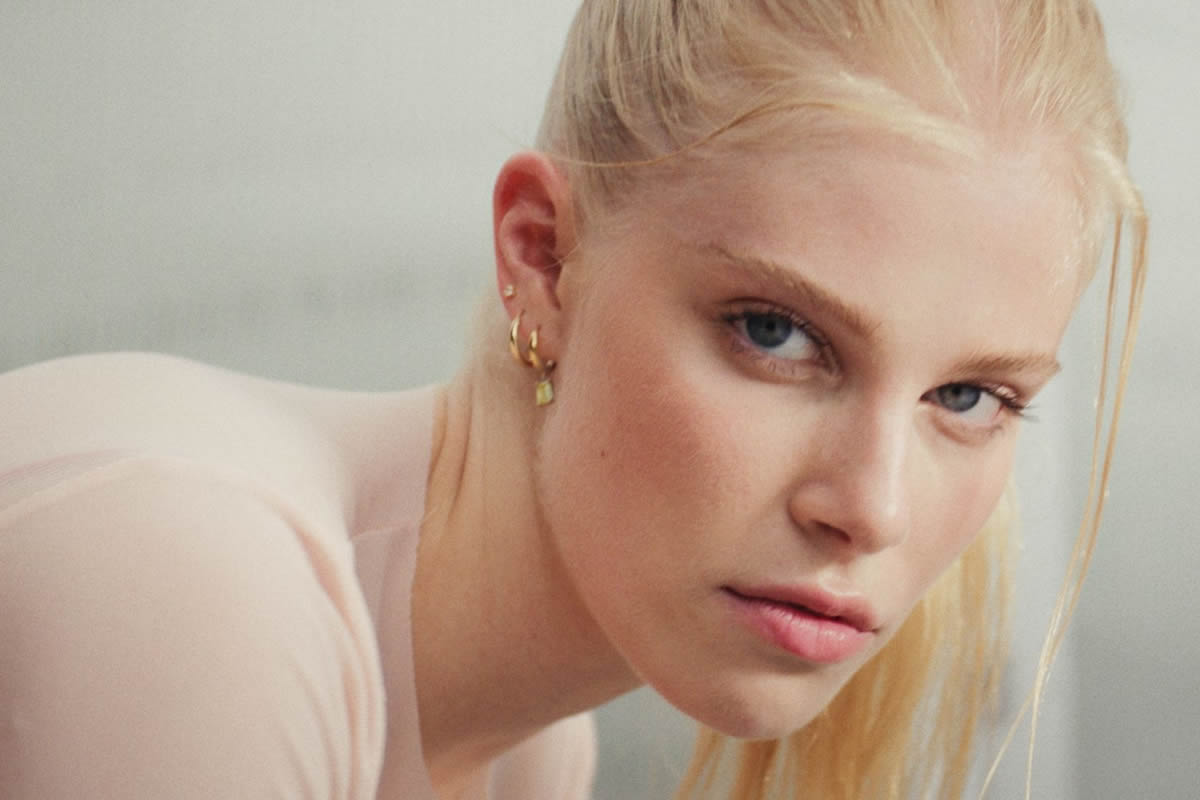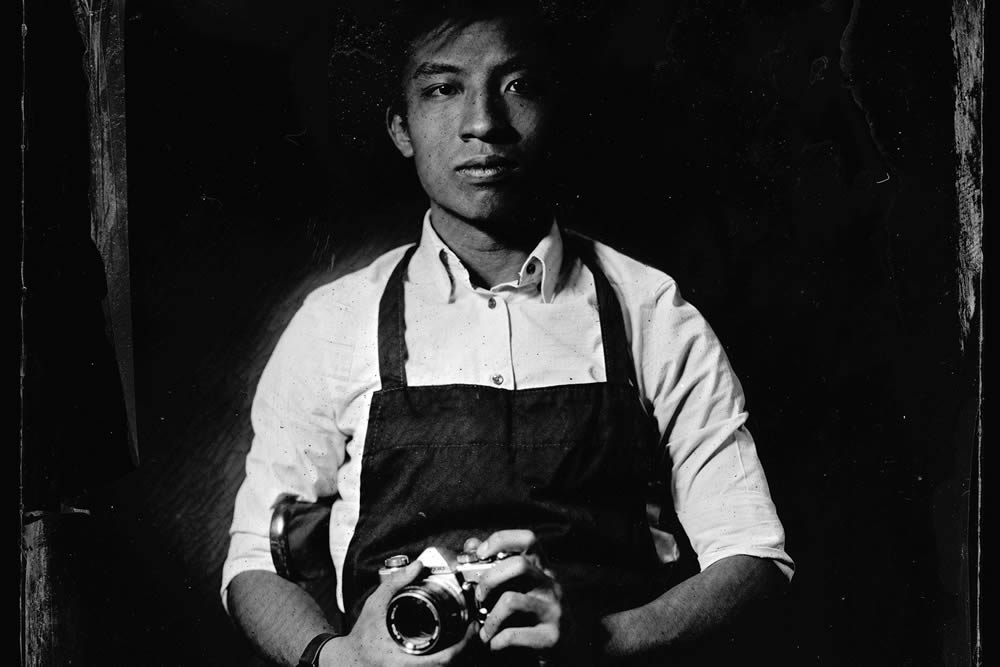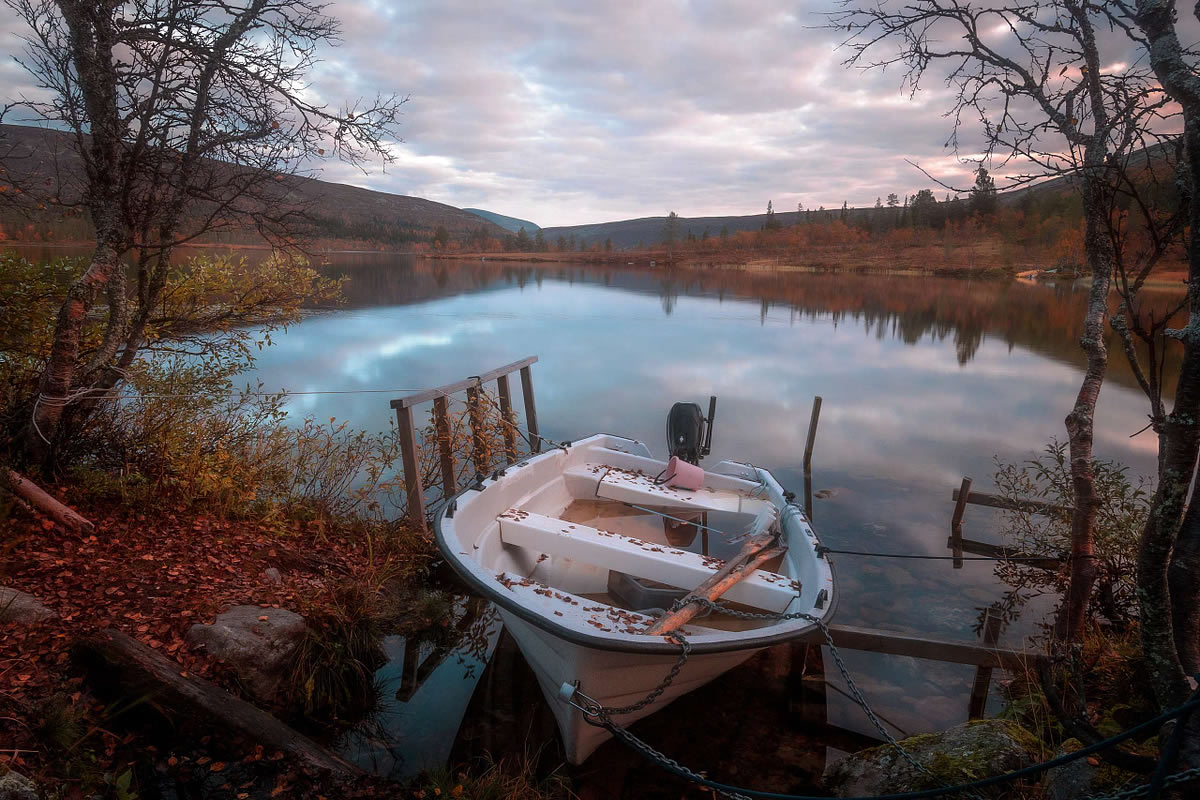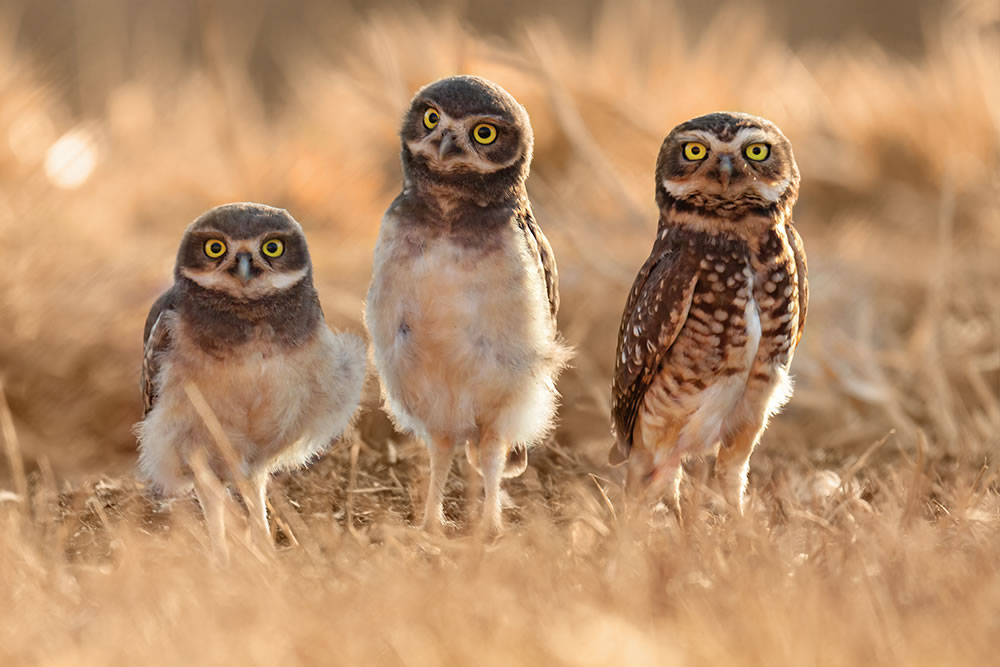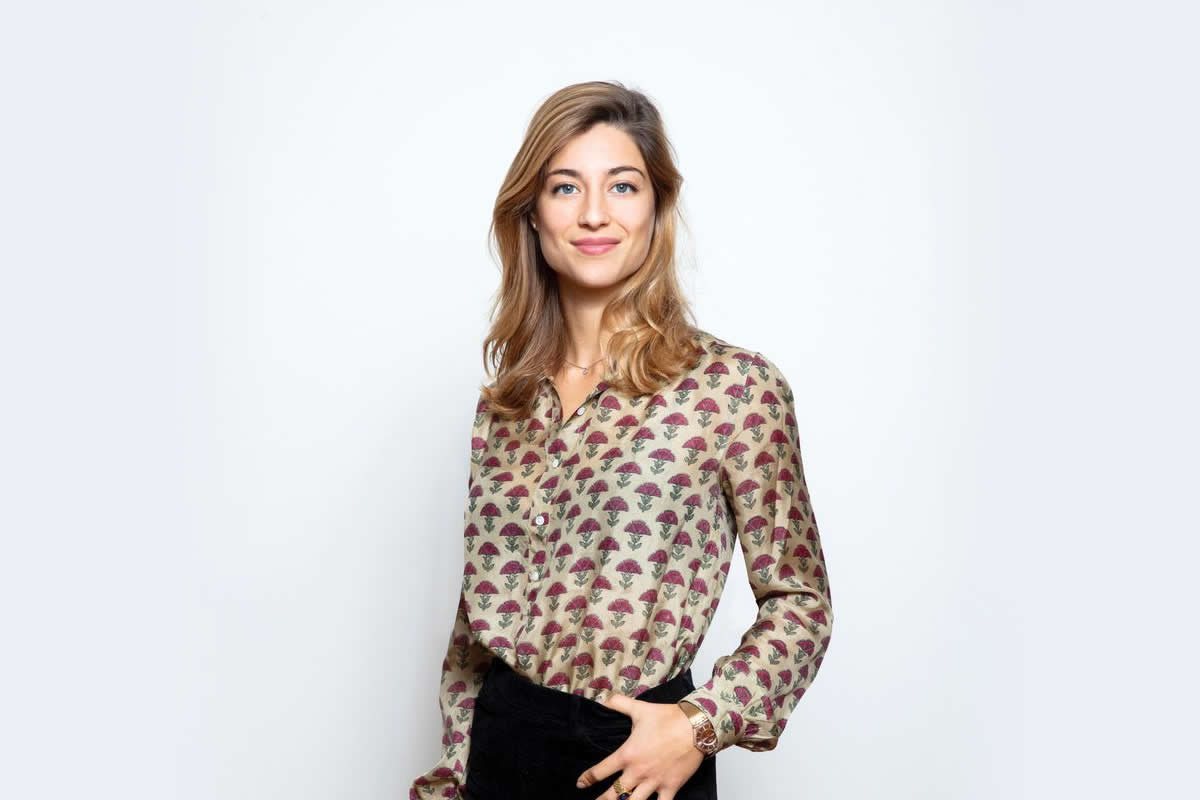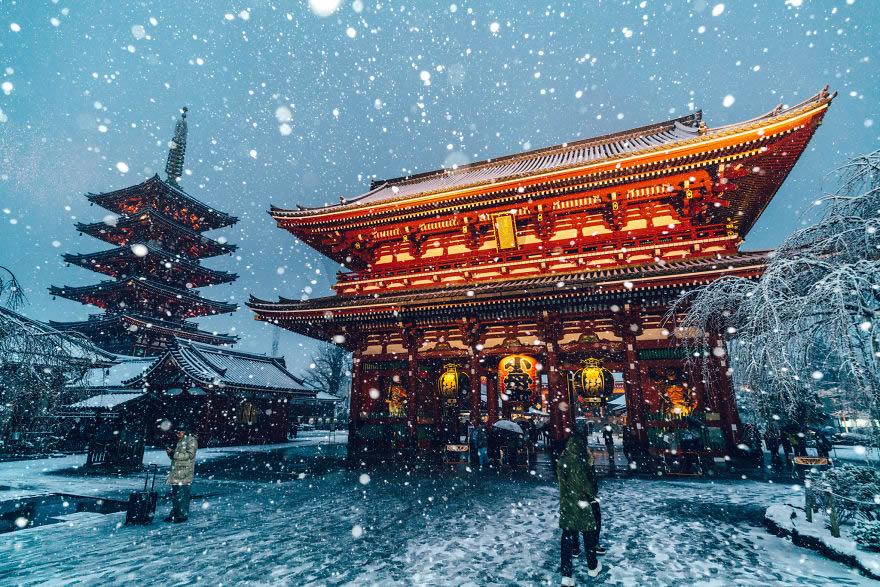Santosh Korthiwada is an award-winning photographer and educator. He has been a freelancer for the past 15 years and now teaches the history of photography, and visual storytelling. His long-term goal is to establish a non-profit to bring art education and research to the grassroots level. Santosh graduated from Academy of Art University in M.F.A Photography and a number of galleries and exhibitions featured his work across Asia, Europe, and the United States.
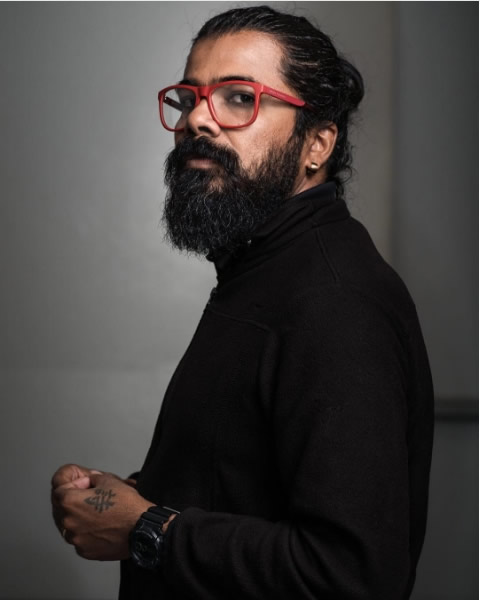
Could you please introduce yourself?
I grew up in a small village named Chegunta in Telangana state, India. Being the only child to my parents, I didn’t really have any major restrictions when it came to games or hobbies. However, my academic path was predetermined to be an engineer at the beginning. Because of my pathetic performance in mathematics, I was allowed to choose the sciences and maybe become a doctor.
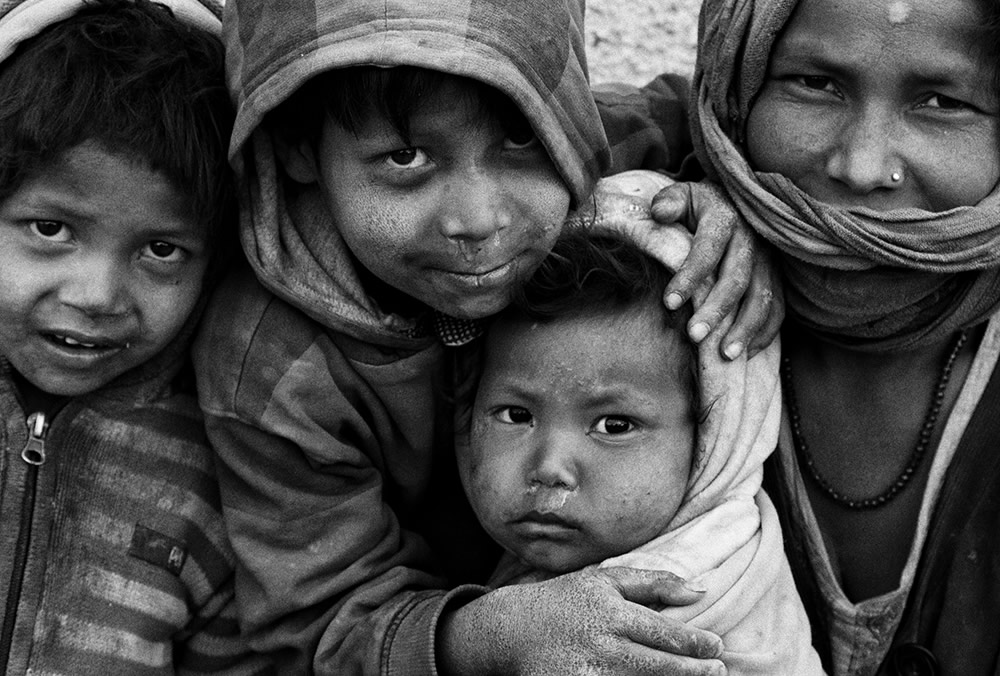
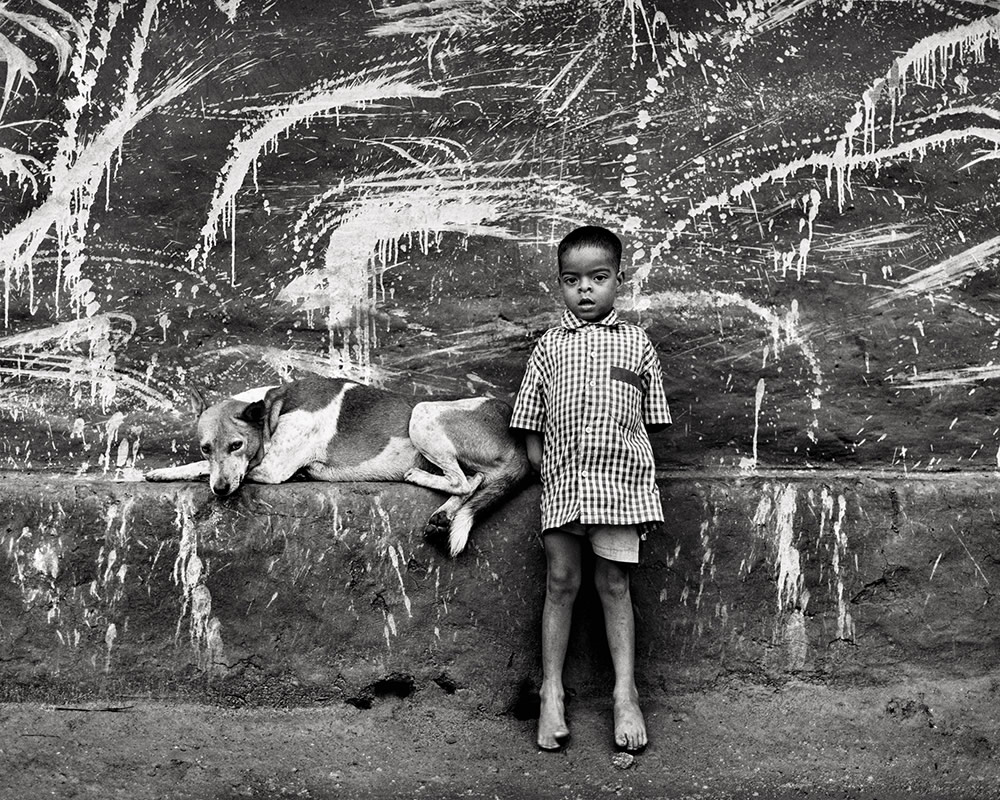
Could you please share your childhood memories towards arts?
Words and symbols confused me a lot and if I didn’t understand the context and application of something, it didn’t make any sense to me. Everyone learns differently and my learning style was visually oriented. So, I very much enjoyed drawing and realized that it is the only thing I was good at. As I studied in a government school there was no art class, so I used to look at scenic calendars, pictures of gods & goddesses, titles in movie posters, cartoons in magazines, and copy those as drawings. I remember signing “art by santosh” under each drawing and usually my signature was much larger than the actual drawing. Someone mentioned that there is a degree in Fine Arts but when I wanted to pursue it, I was laughed at, got bullied, and judged for choosing arts because they were “easy” to do.
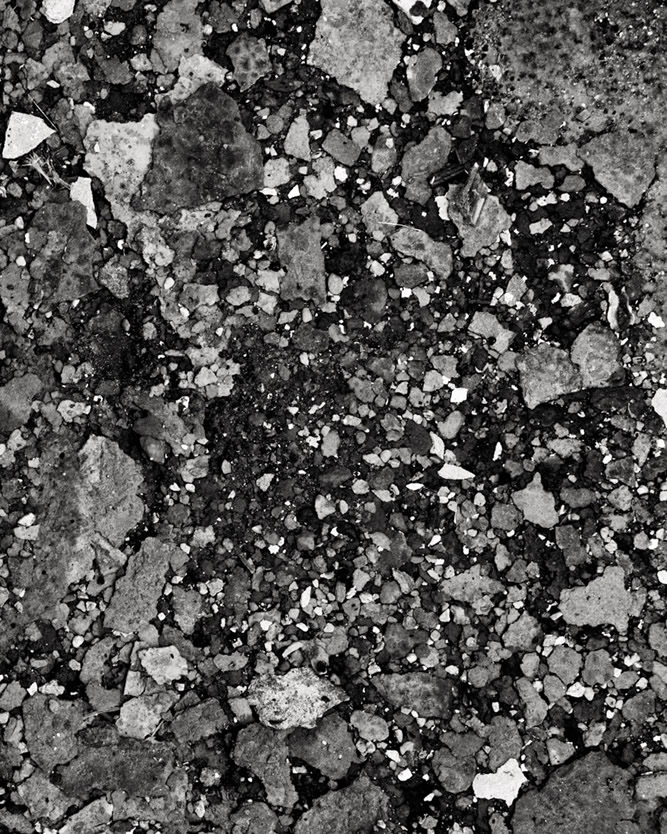
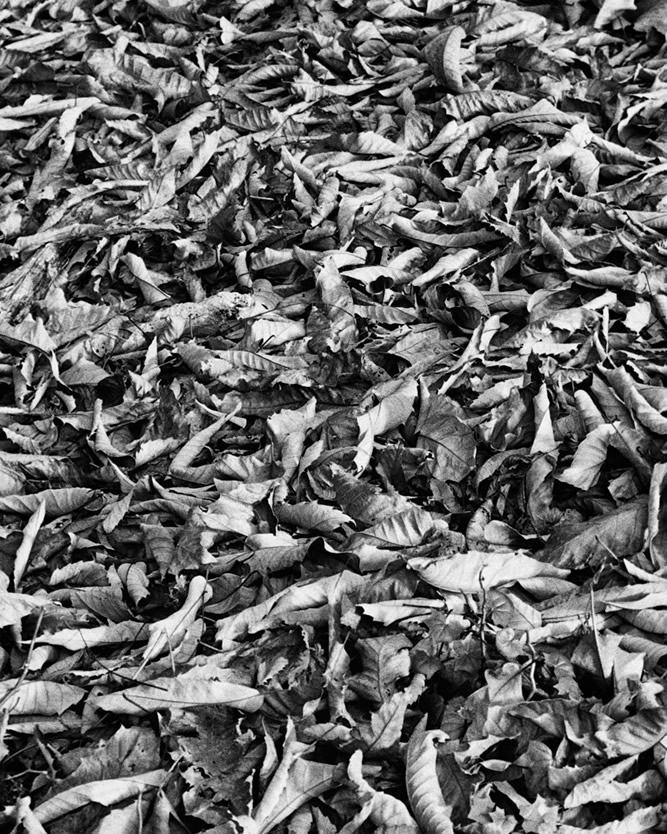
How did the sciences engage you as a student?
I think it was just my fourth day in college and the microbiology lecturer was monotonously speaking about life forms and genetics, and I don’t know what force took over me, I got up from my seat, walked out of the college gate, got a bus and to went straight to the fine arts college. I had some pocket money to buy the application for the B.F.A entrance test, I filled it and submitted it then and there.
Probably it was the first time in my life I took a major decision on my own. I got the admission in Applied Arts department, I borrowed some money from a friend and paid the registration fee. By then, I think my parents gave up on me and just paid my tuition expenses.
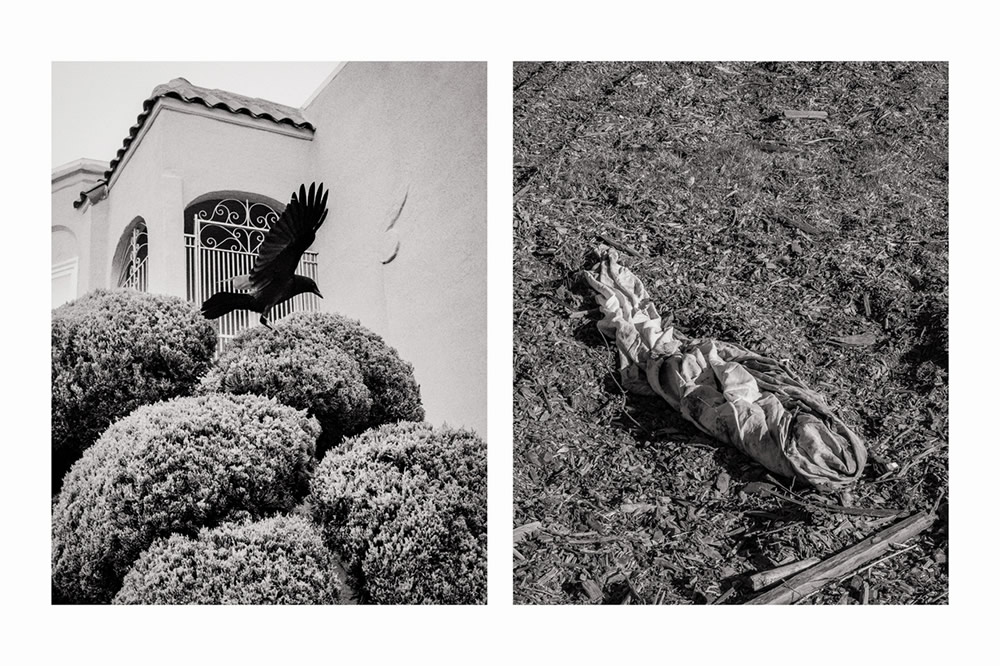
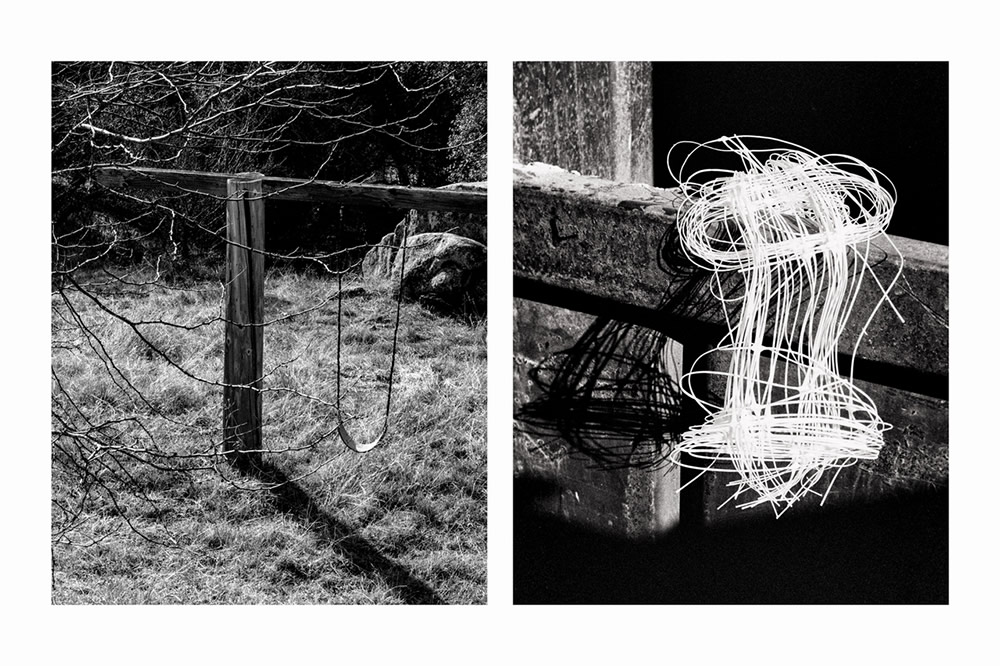
How did you feel about Applied Arts? Was photography taught there?
I can’t tell you how excited I was to finally study what I always loved to study. For the first time I made friends, learnt bad words and bad habits, got attracted to a classmate, fought with a teacher, cried publicly, drove a bike, met with an accident, got dumped, won an award, worked for a couple of horrible movies assisting a senior art director, and flaunted my bushy mustache.
Unfortunately, the quality of education wasn’t good enough to stimulate or engage the students fully. Although there was a photography department in my school, and they let me click a couple of pictures using a Yashica 35mm camera, I never got to see the results. No one truly cared about art or future of the students and education was treated just like any other stream to get a job. Nevertheless, I did graduate with nice grades and got the degree.
So you see, joining a so-called ‘good school’ and getting a degree doesn’t necessarily mean that you will really learn. There are many factors that influence how a student shapes up to be. However, I did learn some basics, ended up learning multimedia applications, started my career as a visual designer in an e-learning company. Fortunately, photography became my hobby and turned into a love affair in my mid-twenties. My wife may say that I continue to have an extra-marital affair with art.


You have studied M.F.A Photography at Academy of Art University. What was your experience during this period?
Talk about madness! At the age of 36, to leave a well-paid job, to leave wife & kid and pursue something purely for passion was insane. It was not an easy decision to pursue master’s degree. It’s my wife, Kavya, who stood by me and trusts me to do this. I realized that there are certain things in life that can’t be bargained. You will have to lose something to get something and I lost precious time with family to gain precious learning experience at the university.
A typical university classroom in India is not too diversified because students have more or less similar cultural background.Variations in knowledge levels are not significant, everyone is of the same age group and they all want to pursue master’s degree immediately after completing a bachelor’s degree in the same stream. Student finances are usually cared by the parents and so are the pressures that come with it.Curriculum structures are rigid, and teachers and institutes are performance oriented so grades matter the most.
It was totally opposite in my classroom at the Academy of Art University. Students come from so many different countries and backgrounds, it’s unbelievable. Teachers are crazier than the students and the student-teacher relationship is not hierarchical. As a student, I felt completely free and unafraid to explore and experiment with the subjects I love. Since I came with a decade of photographic experience, my strategy was to use the university as a studio and fully utilize all the resources for my research interests. I actually fell in love with art history, philosophy and other liberal arts subjects that I hated all my life. And it is these subjects that transformed the way I study photography.
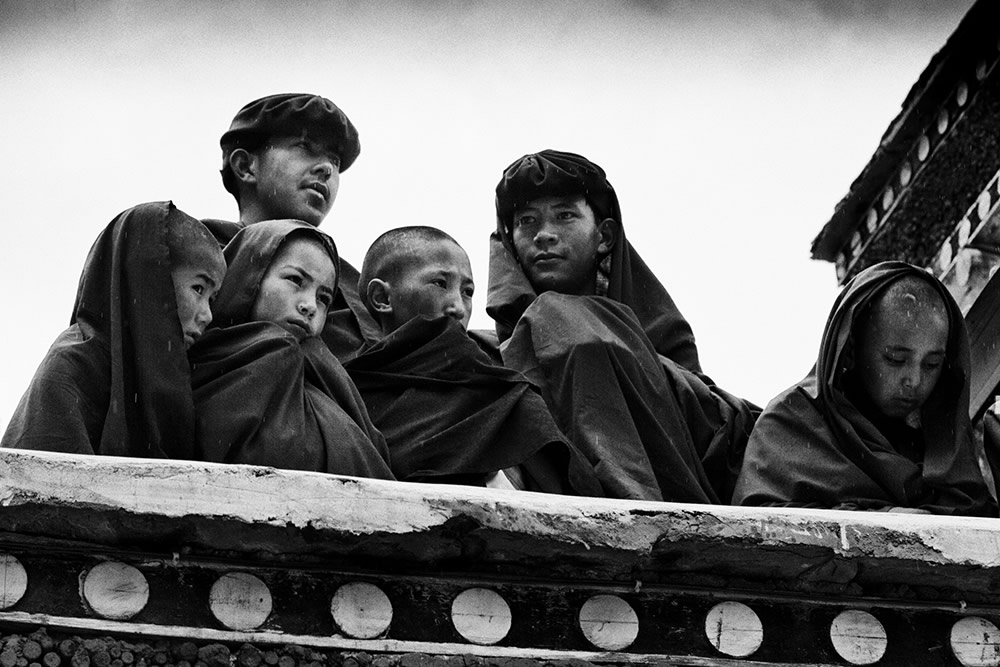
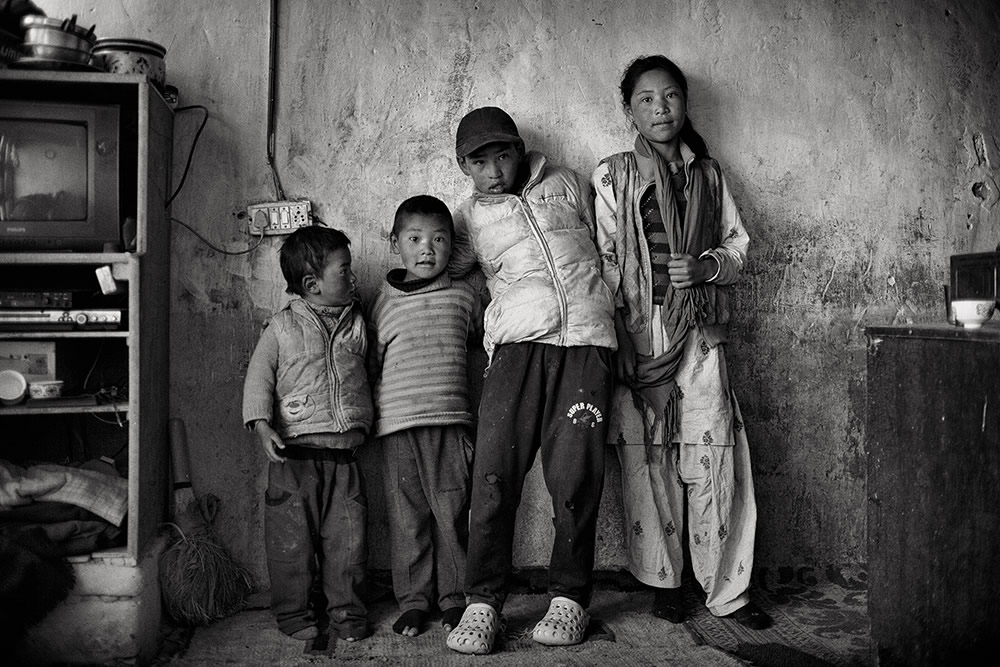
What difference does photography create in your life?
Please don’t ask my wife this question – we’ll be in a big trouble. Jokes aside, and in all honesty, my personal life got impacted severely.I think my wife’s perspective about this would be as important and relevant because it explains the other side of pursuing art, which people don’t like to talk about. Words are not enough to explain my admiration, gratitude, and love for my wife and how much she continues to sacrifice for me. Although I’m happy that my wife and son persist to love me, I’m not sure why they do that, and why would anyone endure that, for all the crazy things I do.
In my case, there is no question of what difference photography created in my life because photography is the difference and it has transformed me physically, psychologically, and spiritually. To produce original art, you got to get drenched, churned, and drown completely. Photography has become a way of life for me. However, this mad pursuit has also transformed our financial situation from ‘comfortable’ to ‘absolutely negative’. It’s a spiritual rebirth that needs to restart from zero and we are trying to build a life from nothing.
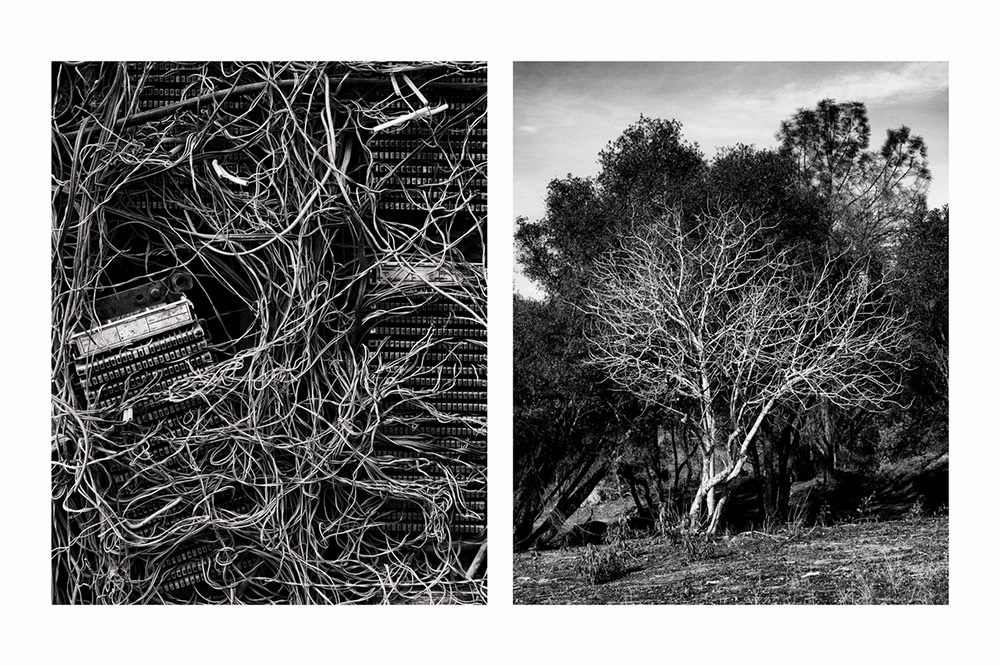
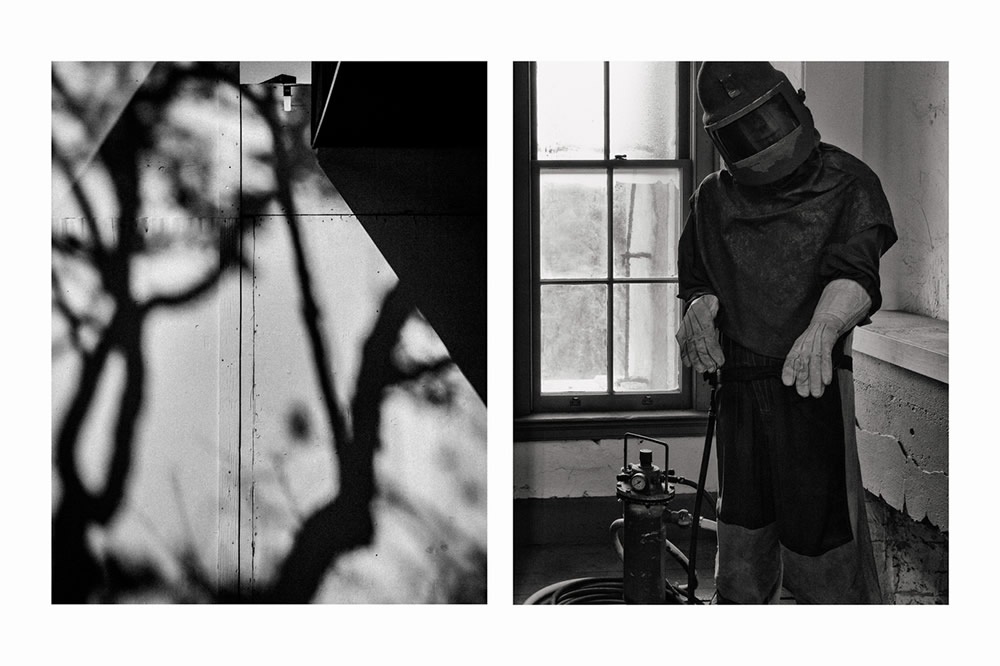
In your idea, what makes a good photograph?
This is a very complex question without an easily agreeable response. In my opinion, “it is the vision of the photographer that makes a good photograph.”I think, as a visual culture, we are moving from a perfect photograph to a meaningful photograph. This is a huge shift in thinking and is desperately required.
In a world where billions of photographs are made each day, it’s important for people to get sensitized to filter the few good ones and recycle piles of trash. It DOESN’T matters what camera you own, how big your lens is, and how many likes you got on social media. What matters is the meaning an art object or a photograph brings to you.
And, one must understand that our idea of a ‘good photograph’ is very subjective. Undoubtedly there is a great amount of skill, intent, and passion required to make a good photograph but no formulae or calculations can replicate the magic consistently. Experience, intuition, self-reflection, and deep judgment play a great part in understanding this crucial aspect. This subject is ridiculously absurd, and illogical at times.
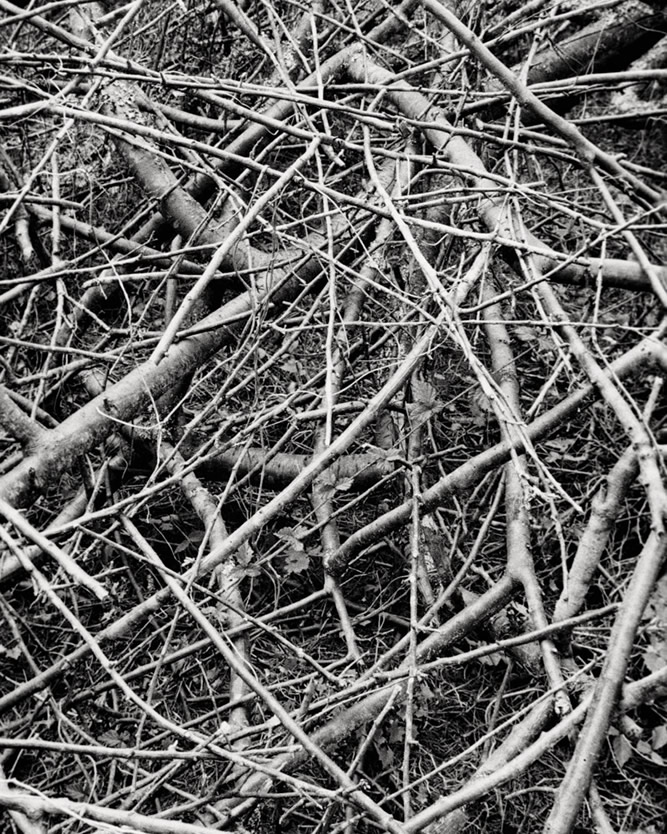
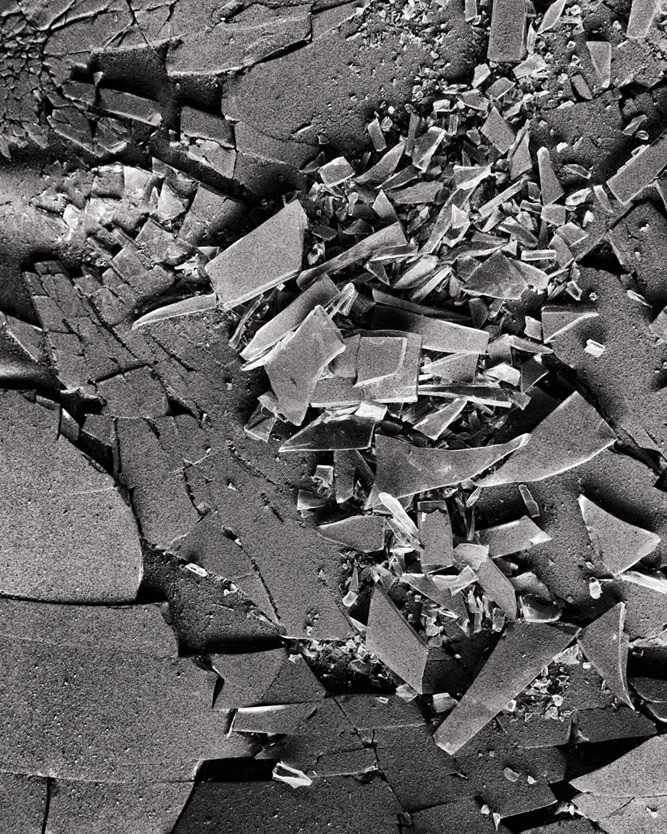
What are your thoughts on working on single images versus projects?
Making single images is like falling in love, composing a song, writing a page, or getting an electric shock. Whereas making a project is -staying in love, creating a symphony, writing a book, or getting cured by a full course of shock treatment.
What the photographer and the viewer experience in a single image and a photographic series are totally different and yet you feel the electricity in your veins with different intensity.From a learner’s point of view, a series or a project has to have an underlying theme, or a concept, or a philosophy, and provide is a greater opportunity to go much deeper than what’s on the surface. This is exactly what the young photographers must understand.
Many make good pictures but don’t have the skill or vision to see a pattern, theme, rhythm, and flow of a body of work. Pairing, sequencing, editing, and curating is a totally different ballgame than making good pictures. If there is one thing I got better in the last few years of rigorous work, is this.
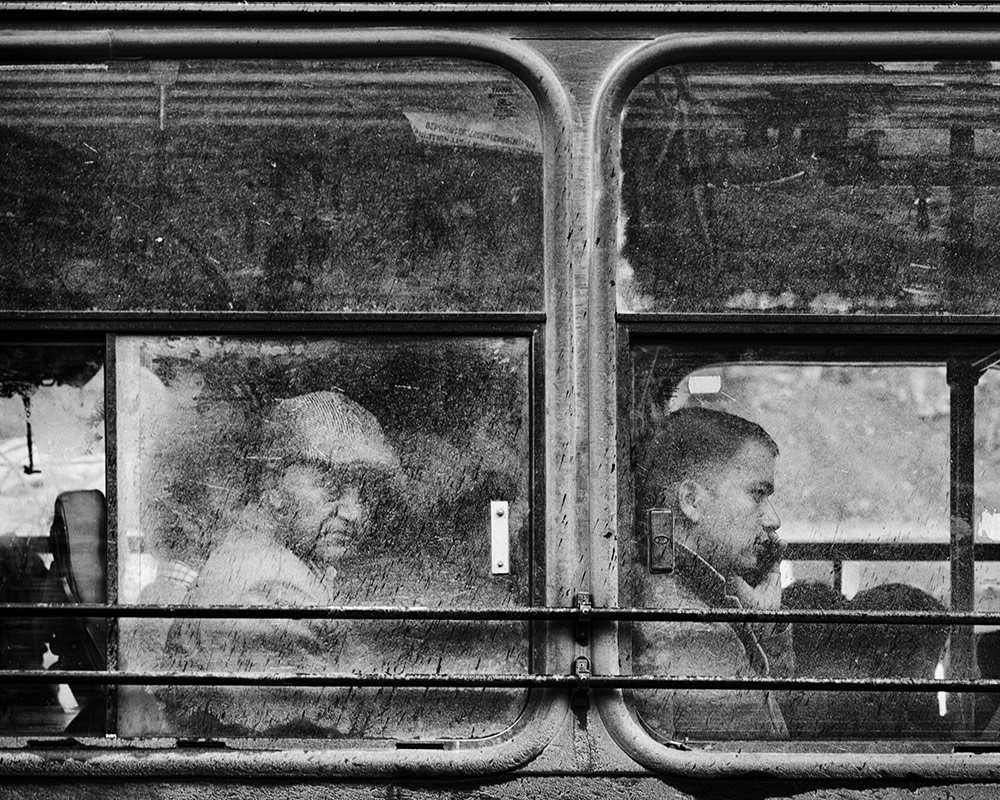
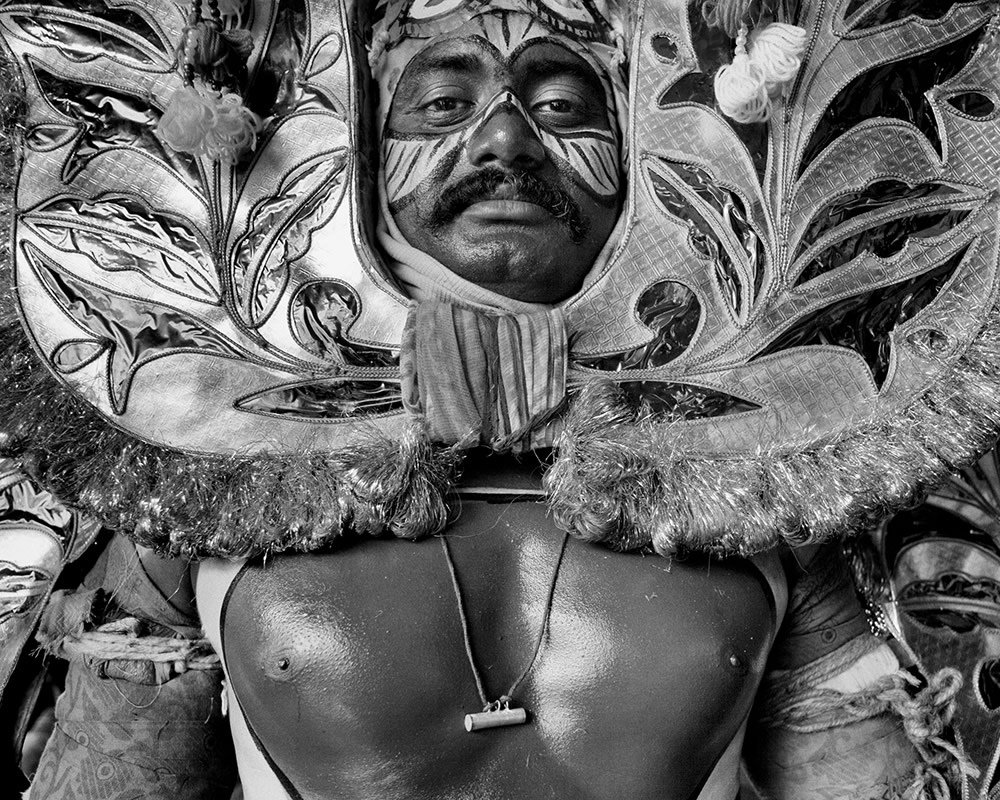
I really got inspired by your project “Consciousness”. Few words about this?
It took me about 9 years to complete this project. The first 5 years were purely making pictures and that was before starting my master’s degree. During my master’s, I continued to photograph, research, write, curate and so on. My vision for this project started coming together in the last three years and finally materialized.
Unlike my documentary work, this project is completely conceptual. I explored the idea of creating a third meaning by bringing two unrelated images together and create one visual. It is the viewer that completes my visuals. In my documentary work, I explore the human condition (the result of our behavior and consequences of it) and in my conceptual work, I explore the human mind (the root of our behavior with consequences that go beyond our understanding.)
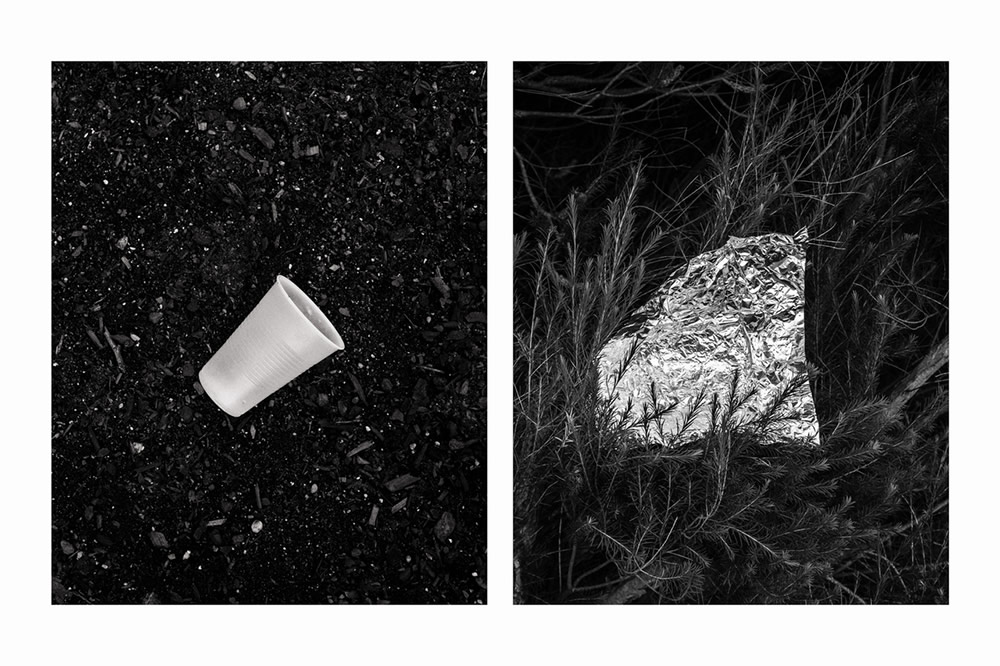
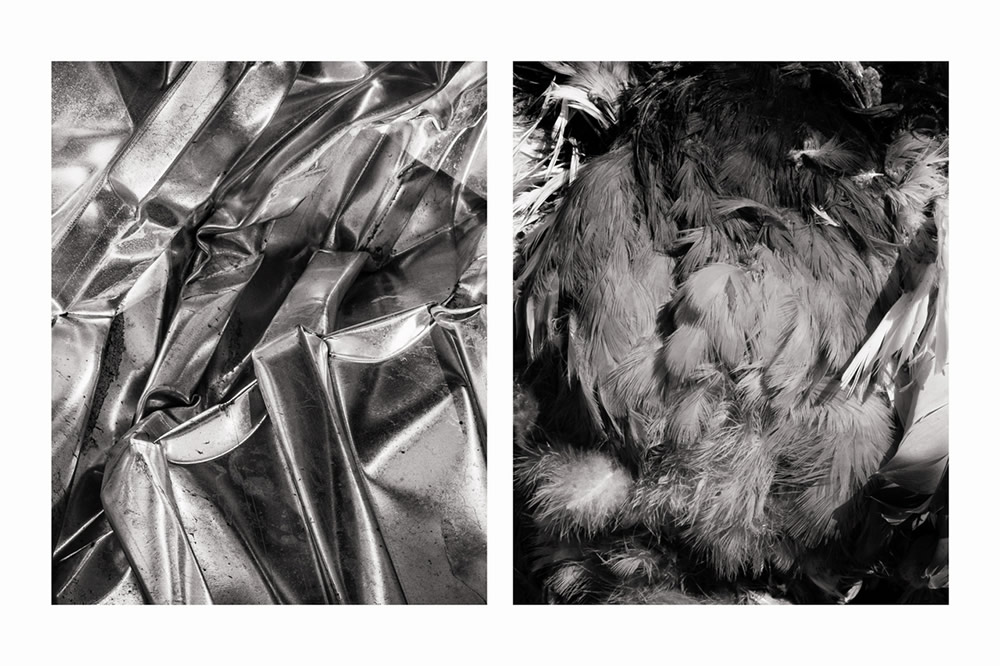
What is the best compliment you received so far?
“Santosh, your work is $#!&” – In 2014, an accomplished documentary photographer from the United States said that to me and an accomplished curator from India nodded in agreement. “Santosh, your work is poignant and you will make a great teacher.” – a four-time Pulitzer award-winning photographer told me in 2016.
If I choose to believe the person who said the words, compliments, and criticisms carry the same value to me. However, I try not to get depressed after being criticized and not to get arrogant when praised. I remind myself of the saying “we do not see things as they are, we see things as we are.”
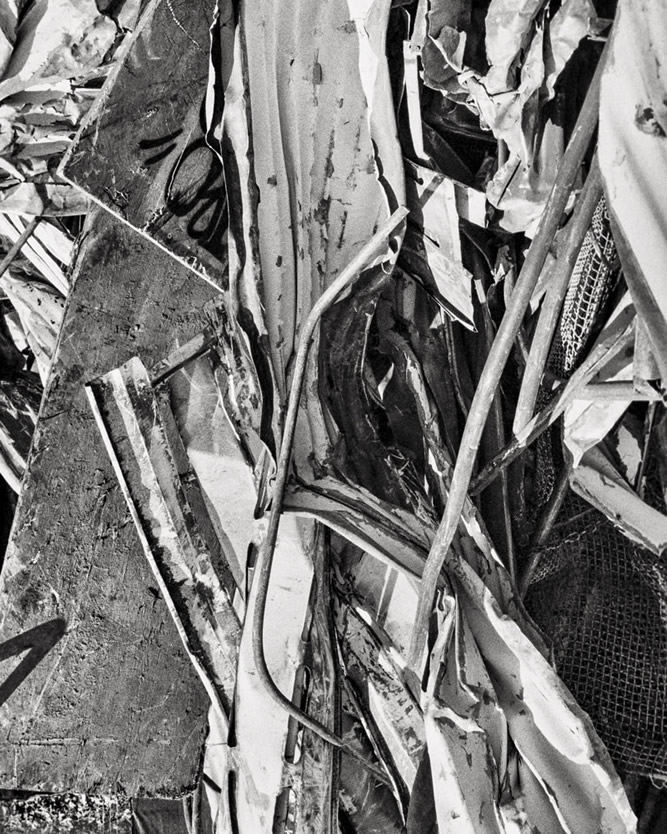

Who are you when no one is looking at you?
The only time when no one is looking at me is when I’m unconscious. And when I’m unconscious, I won’t know who I am. So your question is paradoxical and can’t be answered.
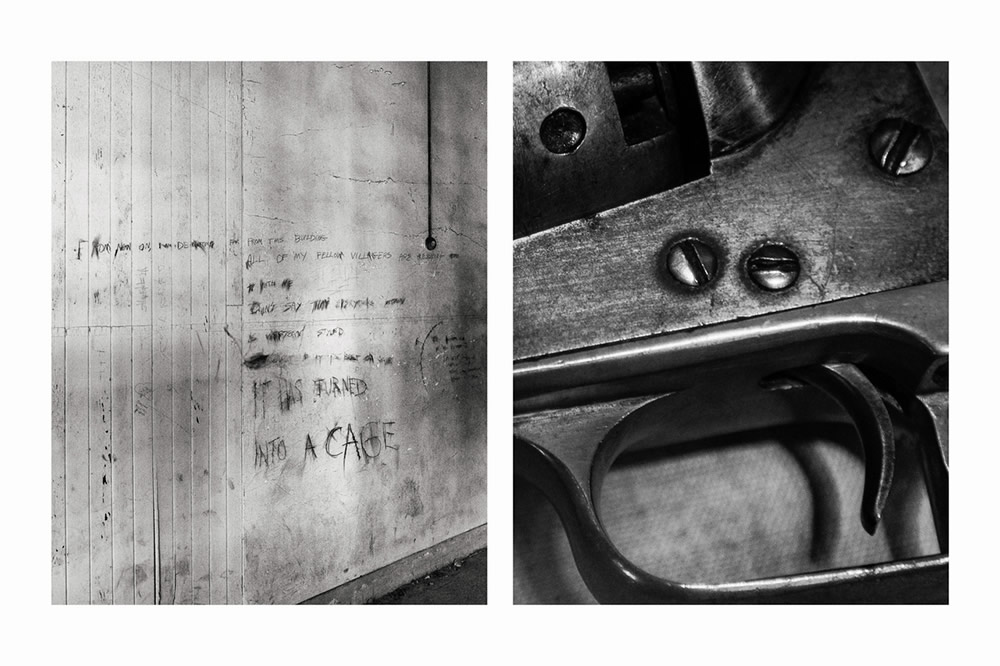
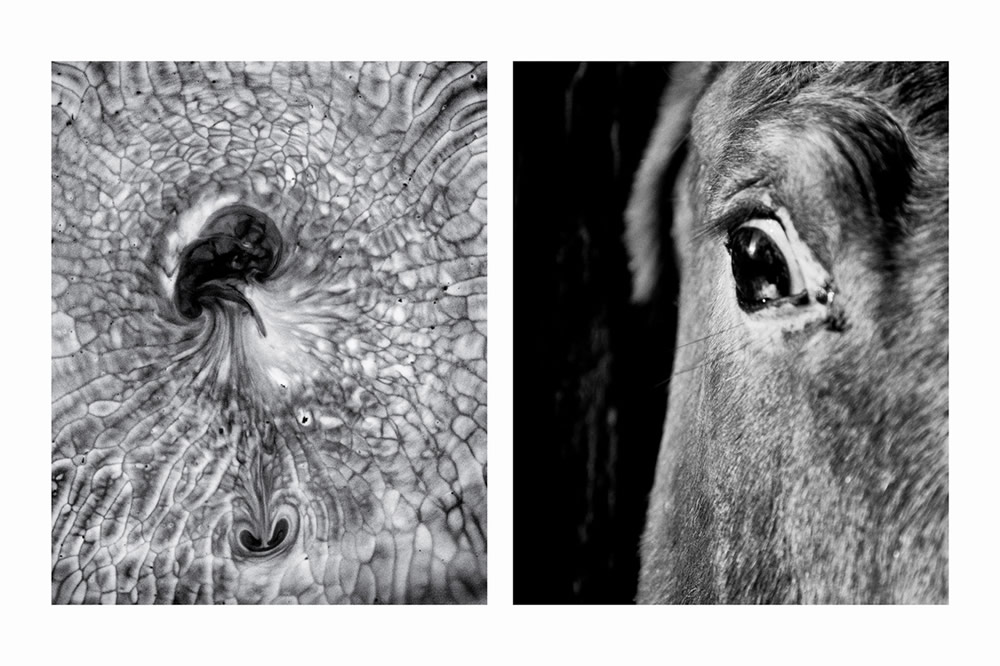
Who and what are your inspirations?
I draw inspirations from so many different sources. Painting, Literature, Philosophy, Music, Movies, Photography, Psychology, Sociology, History & Mythology, Politics, and People. I do read and write a lot these days so that I keep living.
When it comes to photography, I really like some of the work from greats like Aaron Siskind, Minor White, Joseph Koudelka, Charles Harbutt, Anthony Hernandez, Manuel Alvarez Bravo, Raghubir Singh, Daido Moriyama.My favorite movies are done by Akira Kurosawa, Satyajit Ray, Guru Dutt, K.Vishwanath, B.Narsing Rao, Ingmar Bergman.
I also get inspired by the works of Immanuel Kant, Carl Jung, Wassily Kandinsky, Andy Goldsworthy, Maria Abramovic, Ilayaraja, Susan Sontag, Ayn Rand, Sri Sri, Jaques Derrida, Friedrick Nietzsche, Jalaluddin Rumi.My favorite teachers are Swami Sarvapriyananda, GarikapatiNarasimha Rao, Rick Roderick, Jim Sienkiewicz, Connie Begg, Steven Weiss.

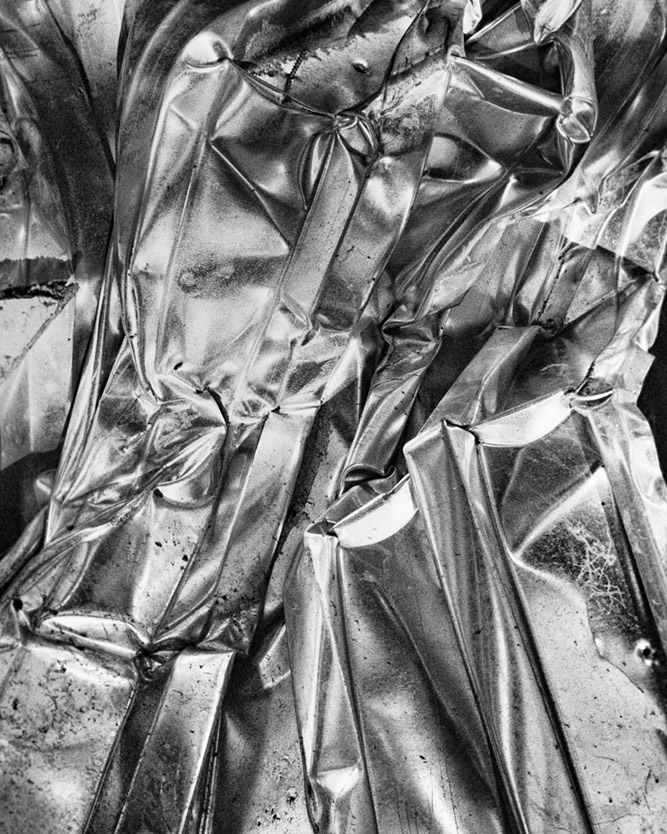
Any favorite photography/art books?
- On Photography by Susan Sontag
- Camera Lucida by Ronald Barthes
- Photography in Print by Vicki Goldberg
- Light Readings by A.D.Coleman
- Criticizing Photographs by Terry Barrett
- Concerning the Spiritual in Art by Wassily Kandinsky
- European Aesthetics by Robert L.Wicks
- The Art Question by Nigel Warburton
- Ravens by Masahisa Fukase
- Gypsies by Joseph Koudelka
- The Americans by Robert Frank
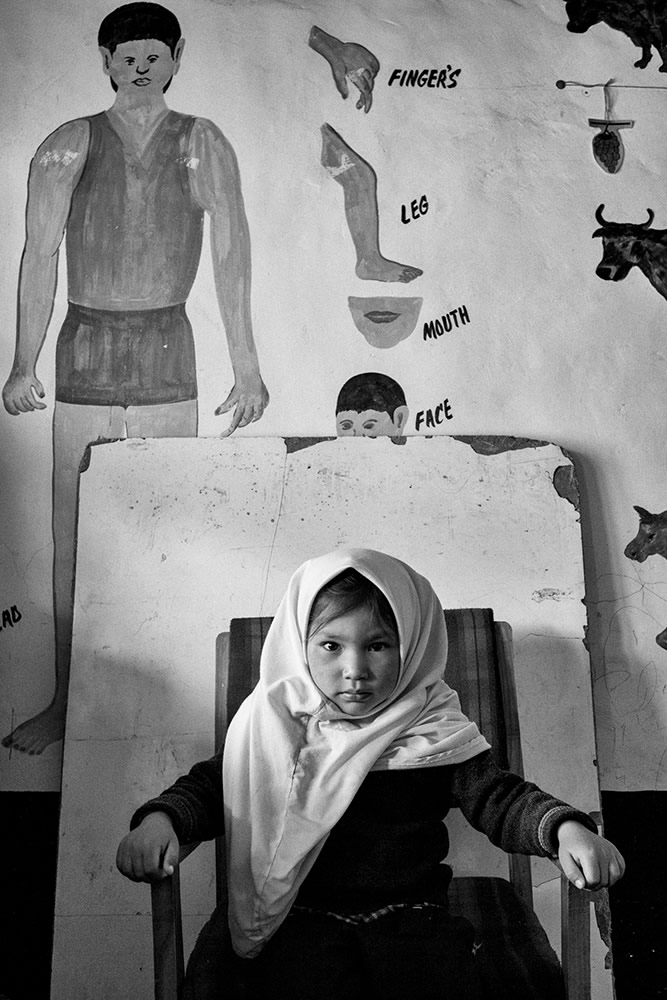
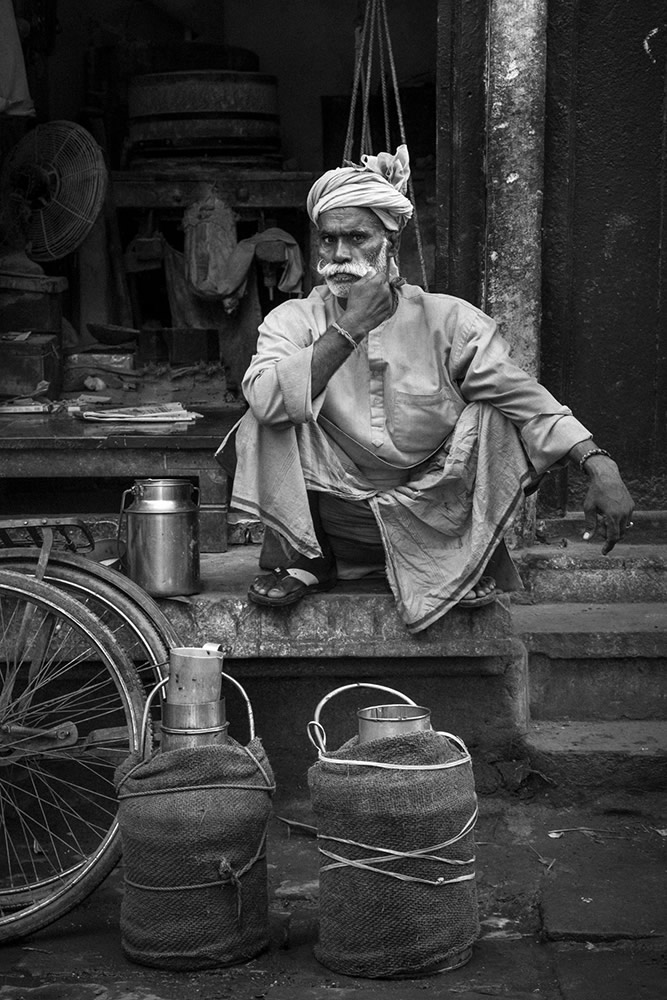
What is Love?
Love is what I experience, when my soul trembles and my ego breaks into pieces.
Apart from making photographs, what else do you do?
- I try to read and write as much as I can. I write articles about critical theory, understanding photography, relevant life experiences etc. I do enjoy giving artist talks and mentor young photographers to work toward projects that eventually turn into portfolios.
- Curating photography shows, editing photo projects, reviewing photobooks & portfolios is something I am doing off late.
- Visiting libraries, and museums are overwhelming for me but I’m doing this to learn newer things. Helps me with complex research topics.
- I watch a good amount of international movies, documentaries, and television shows like Game of Thrones, Black Mirror, Westworld, True Detective, Mind Field and yeah! Rick &Morty.
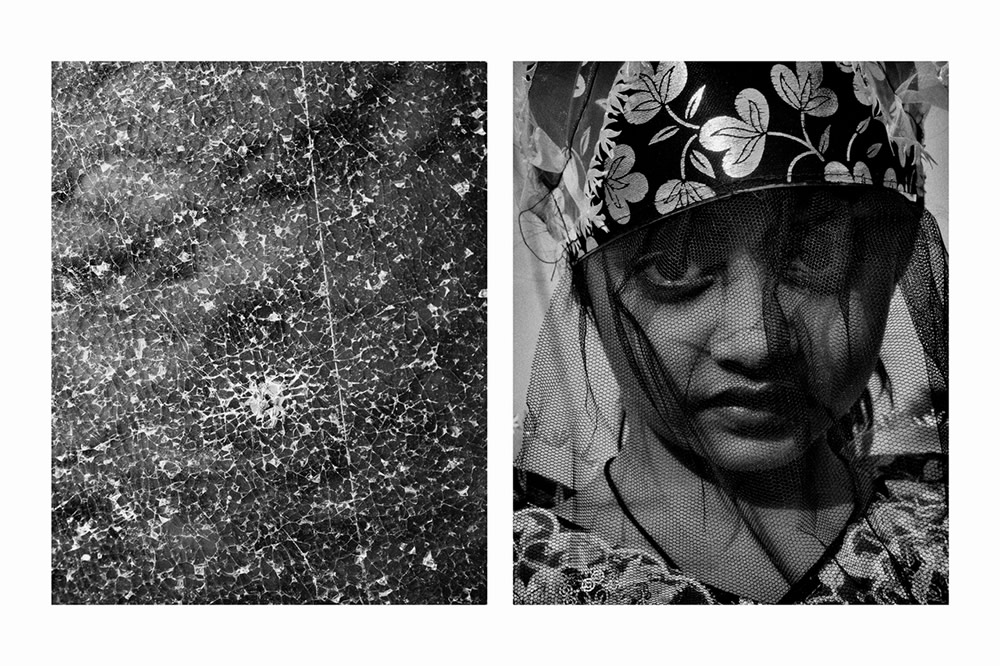
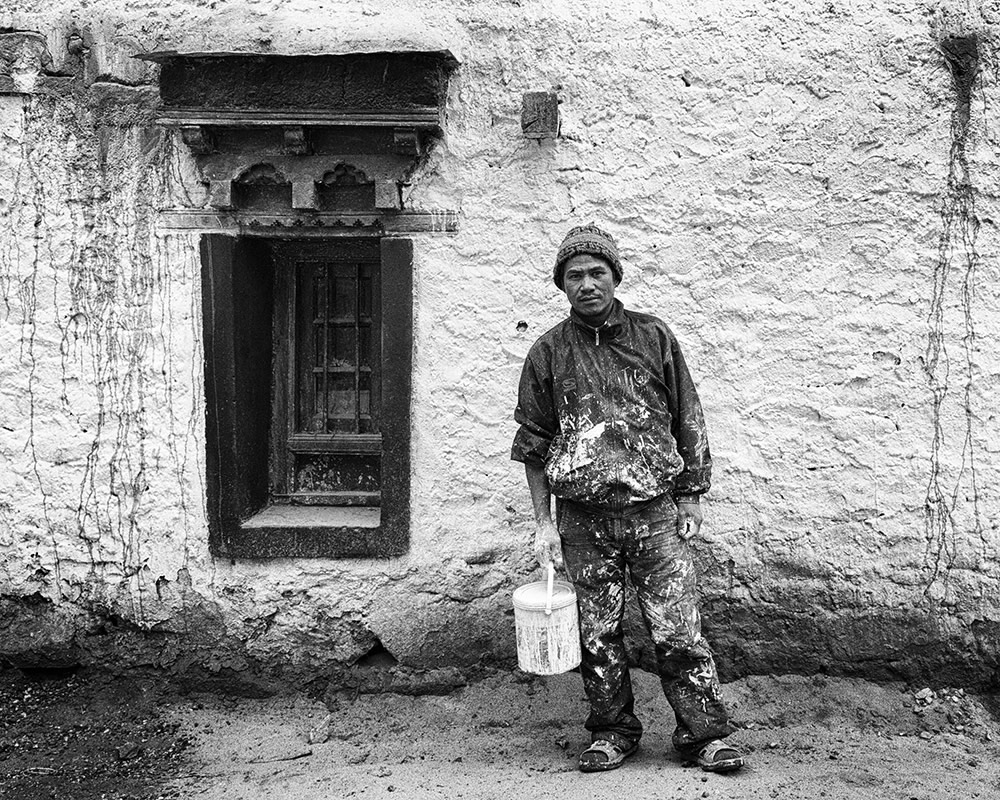
Thanks again for providing 121 Clicks with this opportunity to interview you. Any final thoughts for our readers?
The artist and the viewer must feel an urgency in a photograph but the artist and the viewer should never rush to complete something. Nowadays, photographers want to make good images very quickly and publish their work even quicker.
It is not the quantity and not even the quality that matters anymore; it is the core substance that matters the most.
Finally, understand the power of collaboration. Photographers usually collaborate with other photographers, but when you collaborate with poets, writers, engineers, scientists, editors, curators, galleries, philosophers, artists from other streams; something magical gets done.
Thanks for this opportunity and all the best 121Clicks. Your contribution to the discourse of photography is important. Keep up the good work and keep improving.
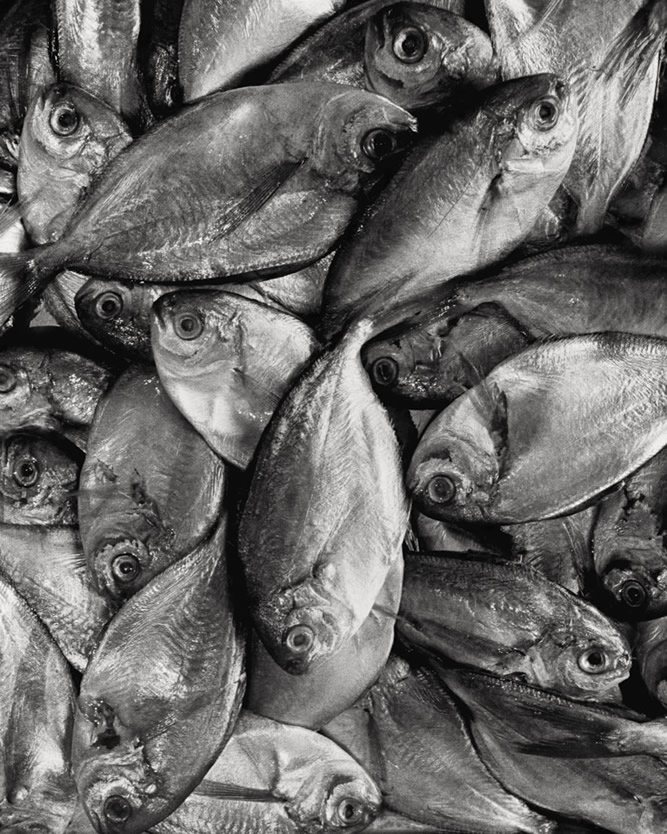

You can find Santosh Korthiwada on the Web:
Copyrights:
All the pictures in this post are copyrighted Santosh Korthiwada. Their reproduction, even in part, is forbidden without the explicit approval of the rightful owners.

